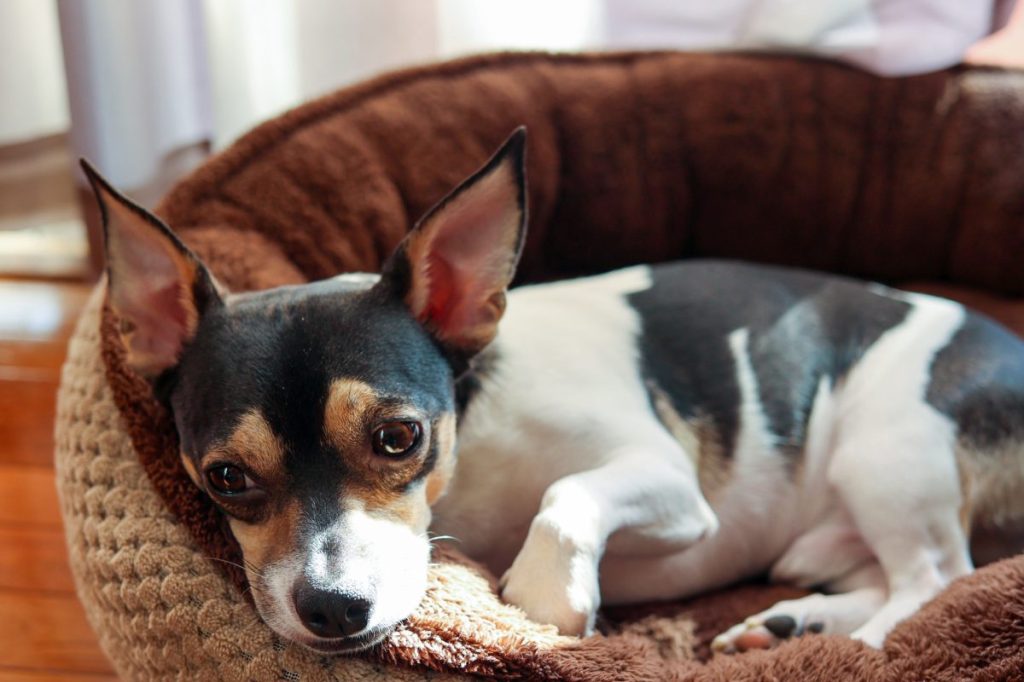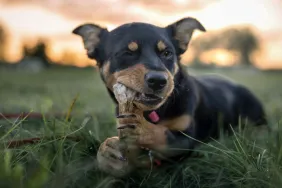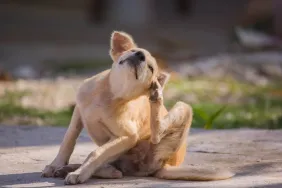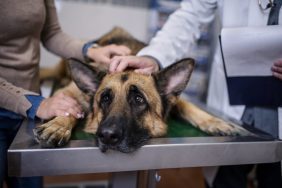Legg-Calvé-Perthes disease in dogs happens when the head of the femur degenerates. The condition causes inflammation and disintegration of the joint.
Unfortunately, certain breeds suffer from the condition more than others. For example, smaller breeds and toy dogs are prone to the condition. Additionally, the condition mostly affects dogs between 5 and 8 months old.
Technically, the condition is also known as disintegration of the hip joint in dogs. Additionally, the condition is called aseptic or avascular necrosis of the femoral head.
If you see the signs of the condition in your dog, see a veterinarian for a proper diagnosis and treatment.
Here’s what you should know about the symptoms, causes, and treatments for the condition.
Symptoms of Legg-Calvé-Perthes disease in dogs
The condition produces a number of symptoms. For instance, some of the most common symptoms include:
- Hip pain
- Lameness
- Thigh muscles wasting away
- Limping (back legs)
Causes of Legg-Calvé-Perthes disease in dogs
The cause of the condition is unfortunately unknown. However, the following types of dogs suffer from it the most:
- Toy dogs
- Small breeds
- Miniature breeds
- Manchester Terriers
Treatments for Legg-Calvé-Perthes Disease in Dogs
Firstly, your vet will ask about your dog’s symptoms. Secondly, your vet will ask about your dog’s full medical history. This will include breed-specific problems. Thirdly, a full physical examination will be carried out. Specifically, your dog’s hips and legs will be examined.
Generally, X-rays can confirm the condition.
Usually, pain medication and rest are suggested as a treatment. As always, if your vet prescribes your dog any medicine, make sure to stick to the correct dose and frequency instructions. Also, complete the full course of medicine.
However, in some cases, surgery is needed. This process removes the head of the femur. While recovering from surgery, your dog will need physical therapy. Your vet will recommend a safe exercise routine.
Generally, making sure your dog is not overweight can help ward off the condition.









